Playing in a Dynasty league is a lot of fun; we can all agree on that. But playing in a dynasty league with an open universe is a whole 'nother ballgame! Many leagues open up their available player pool to include players from Asia (NPB/KBO), NCAA, high school and even international free agents (IFA). It creates an interesting dynamic where you attempt to identify who will be the stars from next wave of talent that will enter the Major League Baseball pipeline.
It's an interesting endeavor and one that can take you down many rabbit holes, but also rewarding and a lot of fun. Finding a gem from the Dominican Republic before they sign their professional contract or identifying which college bat will get to the big leagues quickly and make in impact can be an adventure for dynasty managers.
While there is a lot of luck involved in selecting players so far away from MLB, there is a bit of a science to identifying what types of players tend to have a better track record of success (trust me, I've traveled a long and winding road littered with landmines; the Dermis Garcia's, Brady Aiken's and Bubba Starling's of the world to name three of many)
How do you make an informed selection in an Open Universe league? Well, listen to the corresponding podcast, first of all, but there is a rhyme and reason to being successful in these unique leagues.
Do your research
Read as much as possible about the players you are interested in. The more you learn, the more informed a decision you can make. Following sites like Baseball America and independents like Shawn Spradling and Yakyu Cosmopolitan can help you uncover the next wave of talent in North America and internationally.
Use your eyes
If you’ve seen some of these players play on video or TV, it’s incredibly helpful, especially if they are playing against good competition (WBC, NCAA, etc.). Watch the WBC (even the weaker teams), the Premier 12 tournament, and the NCAA if you have time. Seeing these players will help you become more familiar with their profiles.
Draft by track record and success
Players who have played professionally (NPB/KBO etc.) are battle tested. They have been through success and failure and know how to deal with it all. The competition might not be the same caliber at MLB, but where else is? The players that have great success in these leagues are ready for their next challenge. Even college players coming out of the SEC and ACC have faced top-tier talent and been successful. The SEC has often been compared to Single-A or even High-A in terms of talent. Getting the most successful players from these top leagues gives you a higher margin for error. Follow the college game, our College Daily Sheet is a fantastic way to keep in tune with who is performing week in-week out in the NCAA.
Draft by proximity
It should go without saying that a 26-year-old Japanese seasoned professional and a 16-year-old Venezuelan international free agent don't have the same amount of road ahead of them to reach the major leagues. There are so many more possible outcomes that will lead to failure for the younger and less experienced player. No matter how exciting that batting practice film might be, they are still 16 and have years of growth and development ahead of them. Yeah, I've identified some superstars over the years (Clayton Kershaw, Vladdy Jr, Julio Rodriguez) and have some other prospective ones on the way (Sebastian Walcott) the odds of landing a superstar when you're drafting teenagers are not great. It's fine to flip a coin every once in a while, but even then you have a 50/50 chance of getting it right, with open universe prospects the chances are reduced dramatically.
Draft well-rounded players
Players with one or two elite tools are interesting and fun to dream on, but they also have a high rate of failure when the competition gets tougher. Well-rounded, multi-skilled players can be successful in different ways and often find a way to be successful when part of their game isn't performing up to par.
Draft hitters
Bottom line - hitters are safer, break down less and are more projectable than pitchers. The only time I would recommend drafting a pitcher in an Open Universe league is when your considering some of the top arms from the NPB or NCAA. In most other circumstances you are setting yourself up for failure. We know that pitchers who throw high velocity break down more often than not and many of them are never the same. Hitters generally don't advance because of lack of performance, not health issues.
Where to find the list

Players to Watch
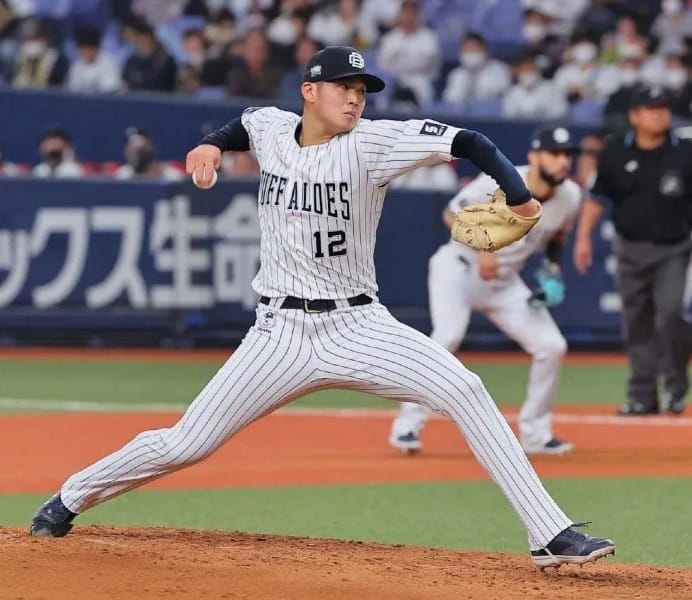
Our new #1 is Shunpeita Yamashita of the Orix Buffaloes of the NPB. Yamashita dominated last season with a 2.48 ERA, 1.07 WHIP and 20.0 K-BB%. He did all of this at just 22 years of age. He won't be eligible to be posted until after the 2027 season, but this might be an arm worth waiting for.
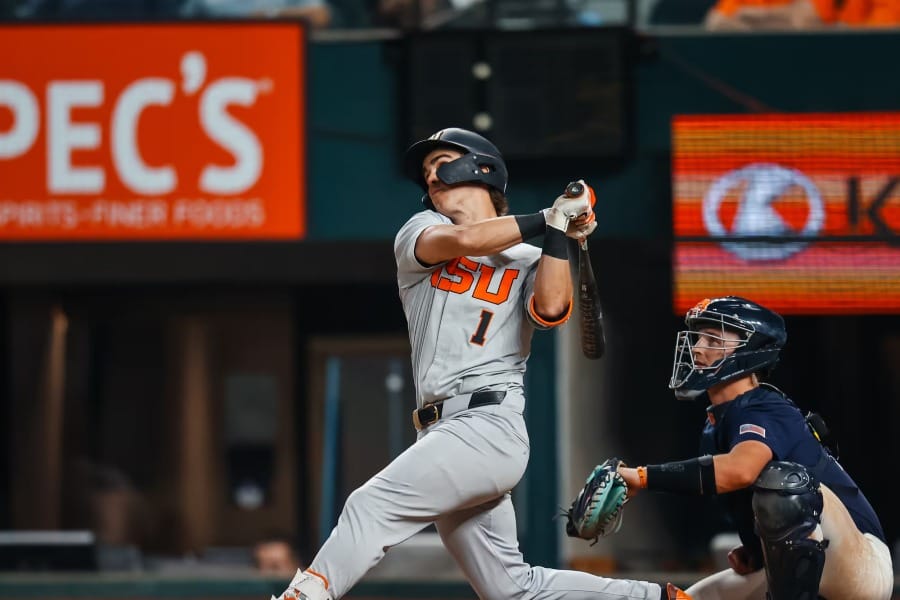
Our top bat in the new update is Aiva Arquette who attends Oregon State. Arquette has shot up draft boards this season posting .361/.455/.597 with 3 HR 11.3 BB% and 19.3 K%.
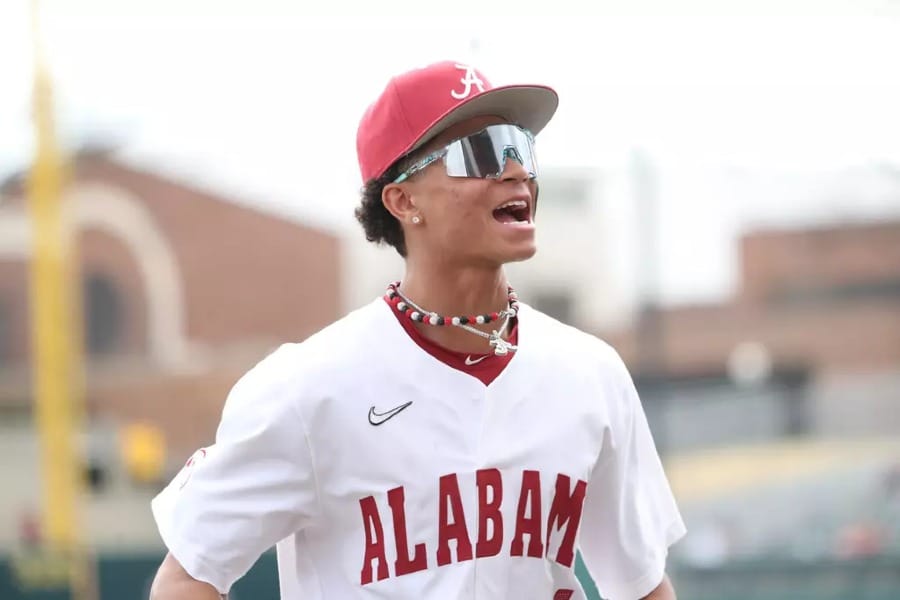
Our biggest riser is Justin Lebron of Alabama who looks to be an early contender for the Golden Spikes Award, college baseball's best player. His .361/.477/.872 line with 12 HR is gaudy and he continues to get better in his Sophomore season. He won't be eligible to be drafted until 2026.
There are many more names to consider in your Open Universe drafts and our list highlights the college, high school, foreign league and international free agents you should be looking into.
These Open Universe leagues give managers so many options that it’s almost overwhelming. But following the tips above will help you navigate the deep waters and make higher percentage choices, and with a bit of luck, you’ll even up with your next franchise player.

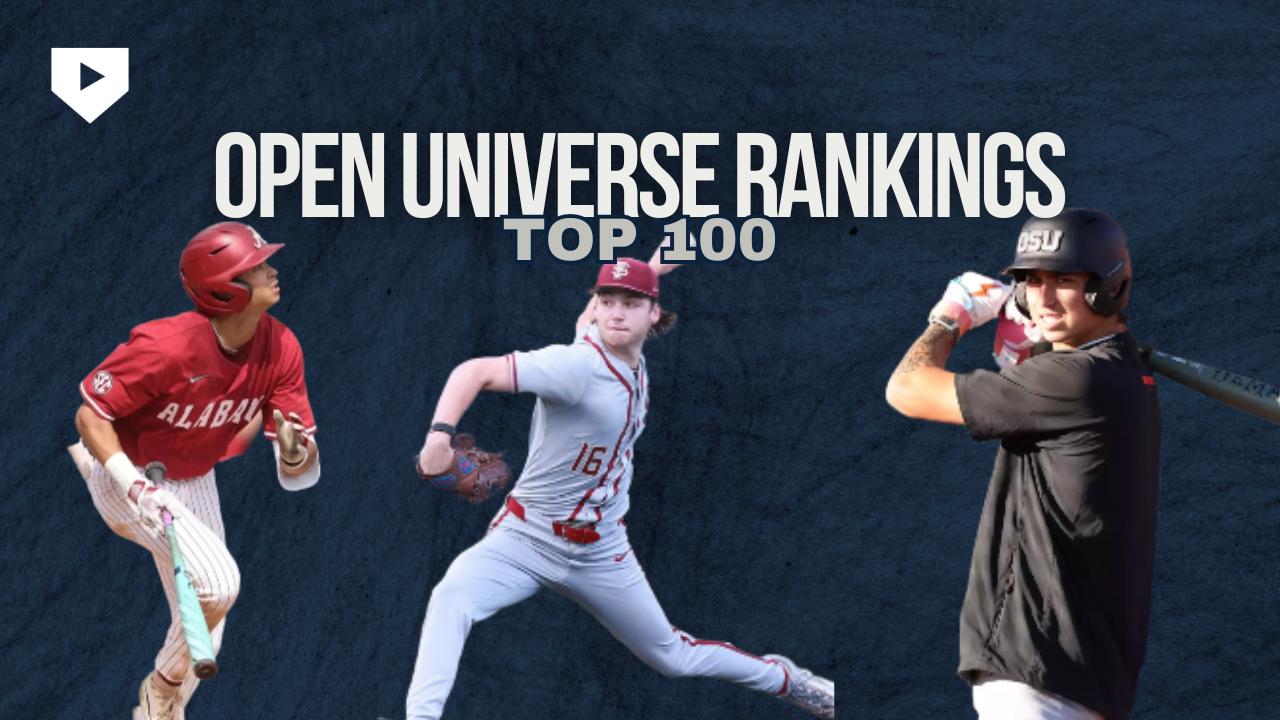



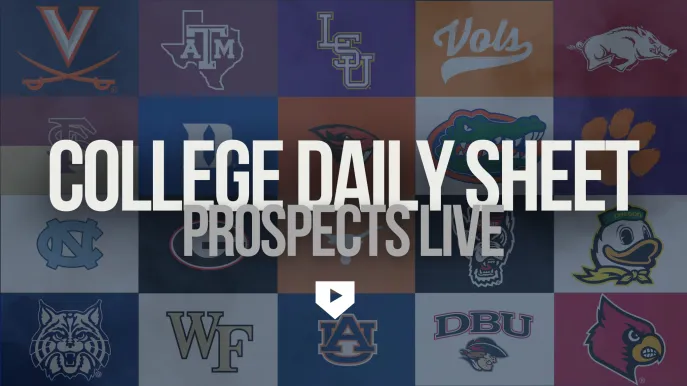
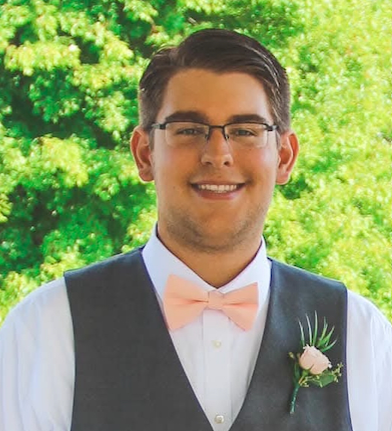
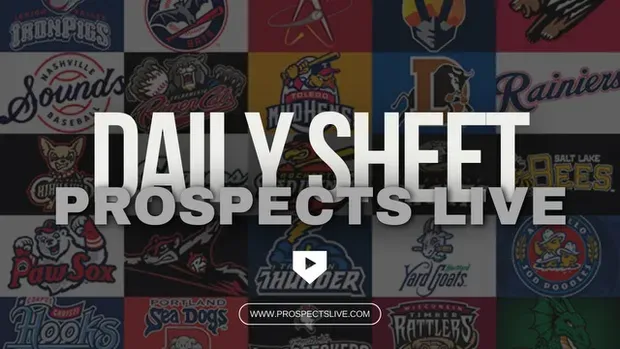
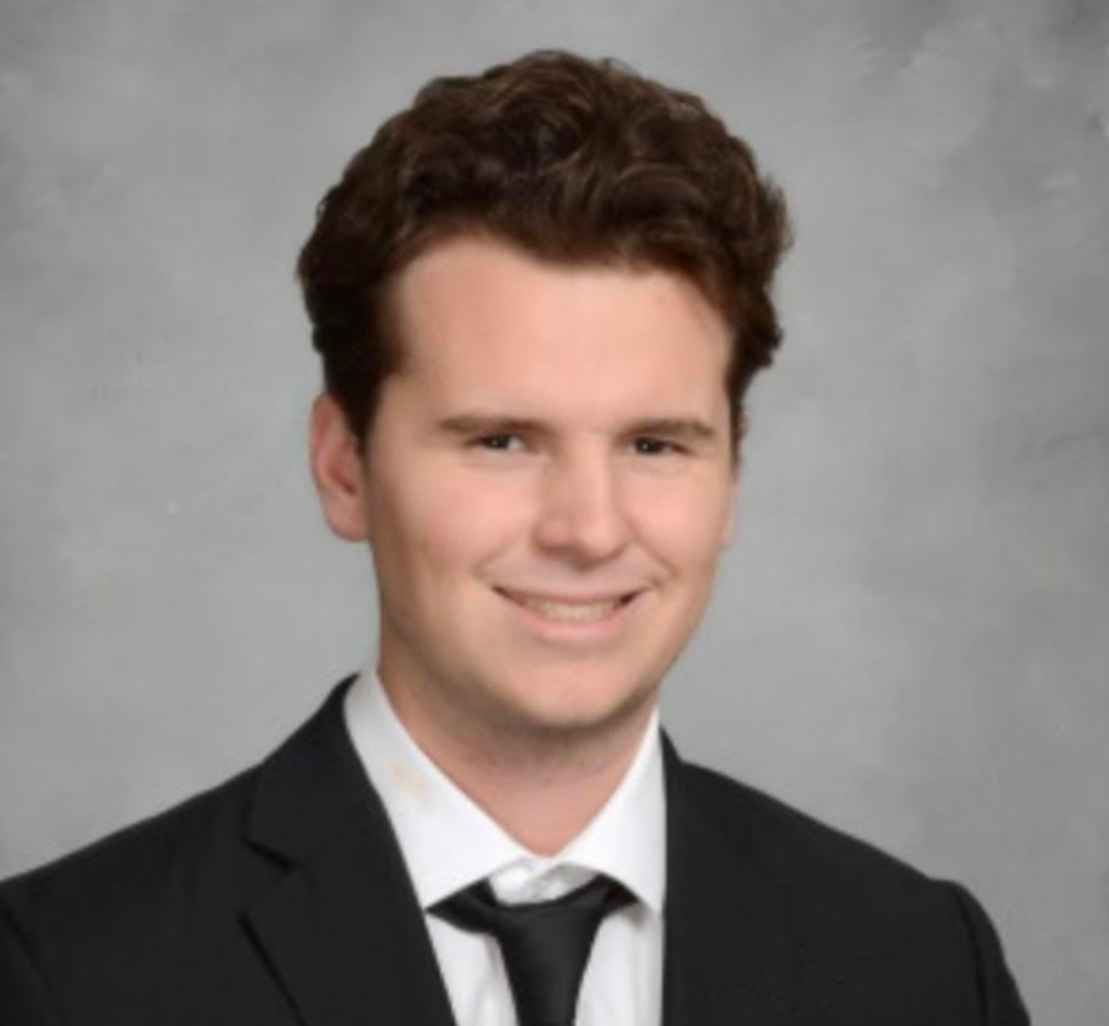

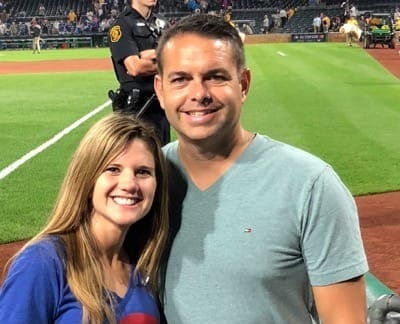
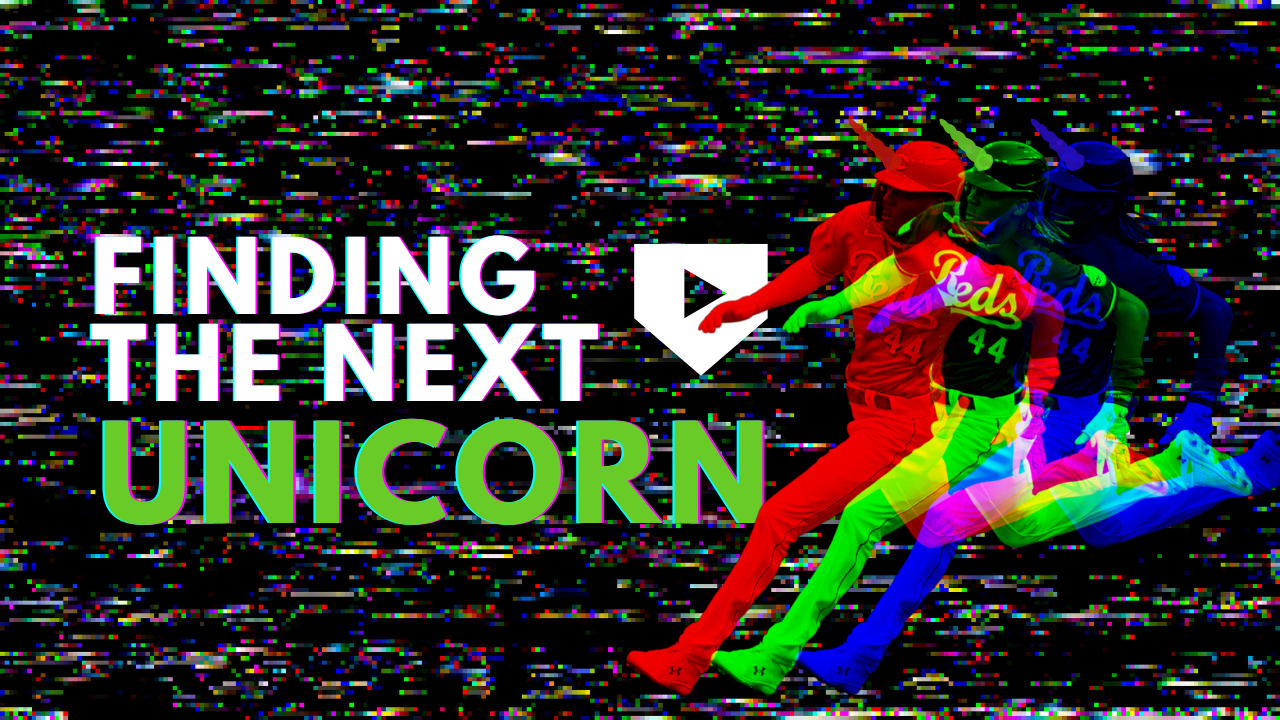











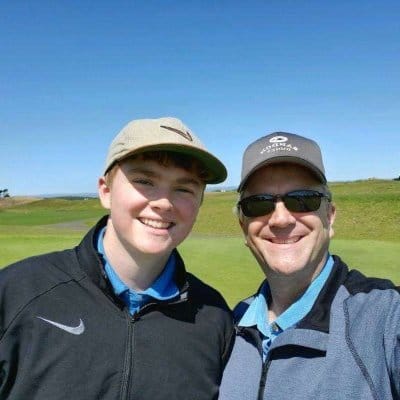
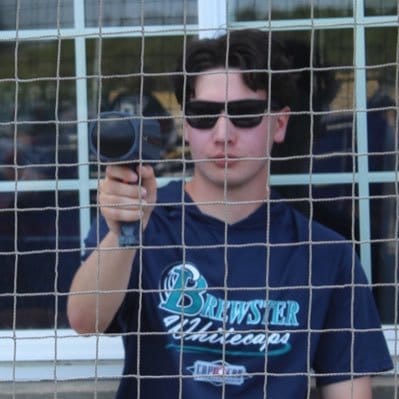

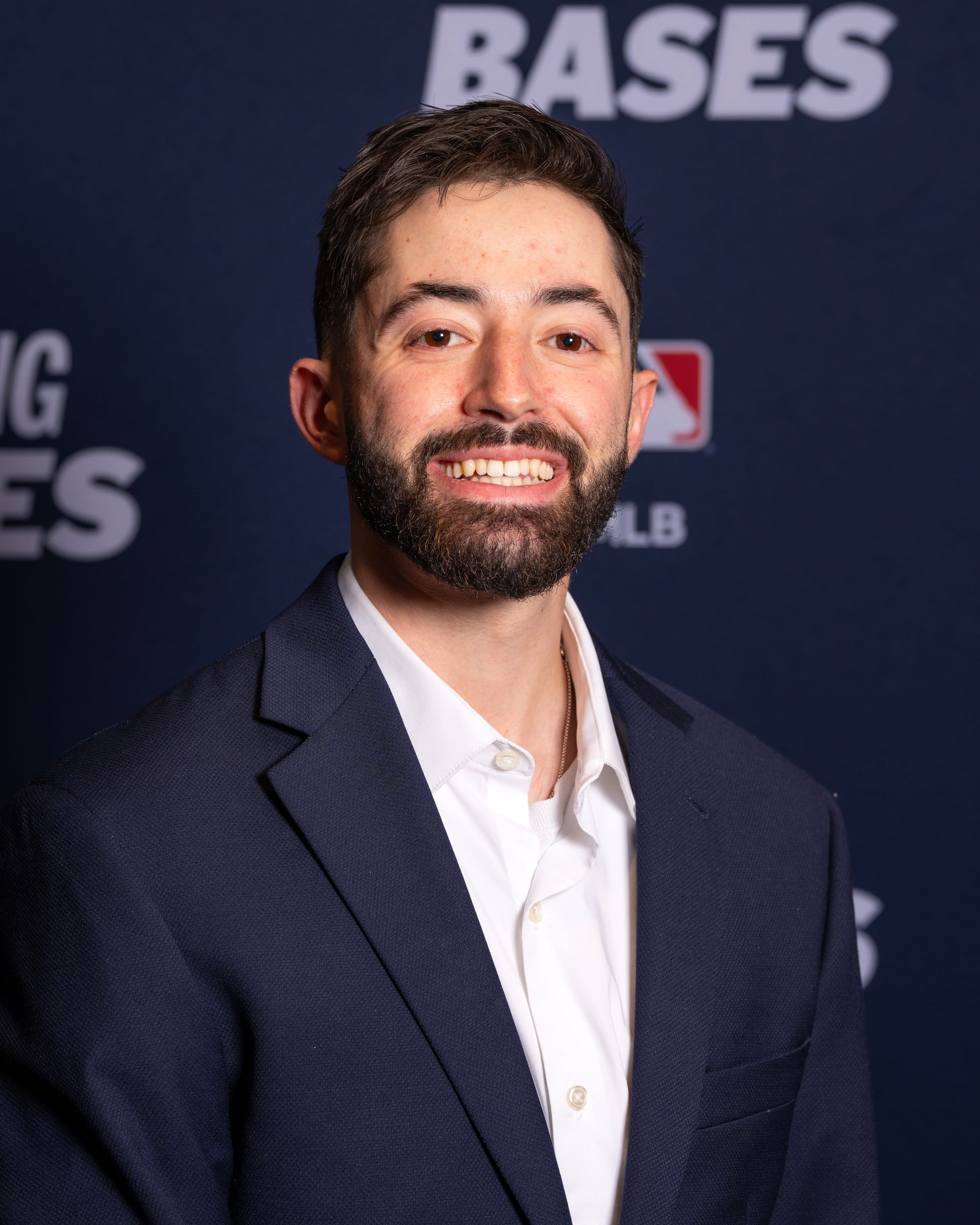
Discussion